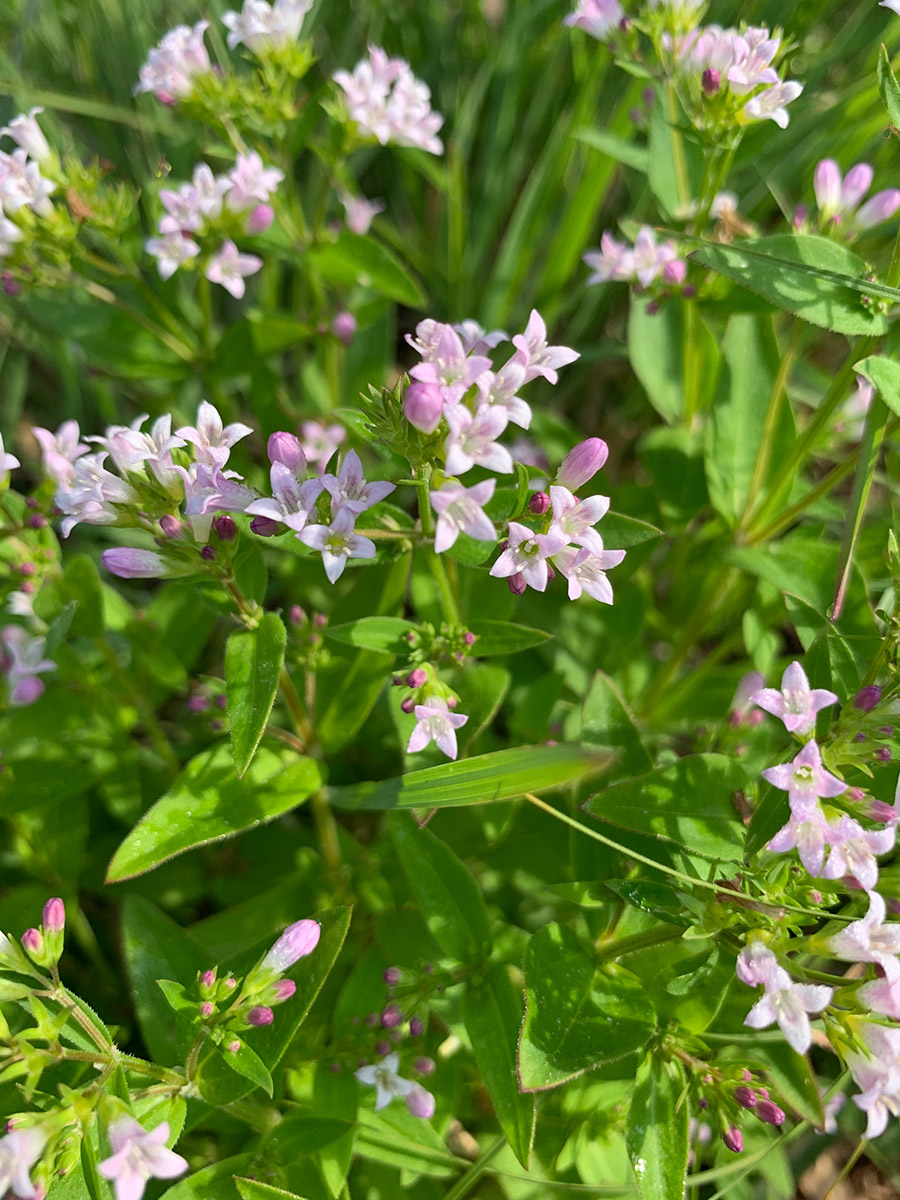I really fell in love with this flower recently; it’s like Queen Ann’s Lace, but native and not invasive! It’s beautiful, and also a great beneficial for native insects.
One interesting fact I found is that some birds use yarrow to line their nests. The theory is that it’s possible adding yarrow reduces the growth of bird parasites.
Alternate Name: Common Yarrow, Western Yarrow, Yarrow, Milfoil Size: Up to 3' tall Family: Asteraceae (Aster Family) Habitat: Part shade - sun, can tolerate drought. Identification: "Yarrow has no branches except near the top. The leaves are alternate, 3-5 inches long, with many leaflets on each side of the midrib (1- pinnately lobed); and these are further divided into smaller leaflets, giving them a delicate, fernlike, lacy appearance. Flower heads are arranged in large, compact clusters at the top of the stem, each cluster consisting of 1 or more flower heads. The flower head has 20-25 yellowish-white (rarely pink) ray flowers and similarly colored disk flowers." From wildflower.org Blooms April-September Uses: "Yarrow was formerly used for medicinal purposes: to break a fever by increasing perspiration, to treat hemorrhaging and as a poultice for rashes. A tea used by Native Americans to cure stomach disorders was made by steeping the leaves."












